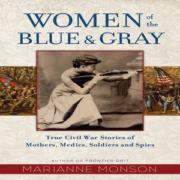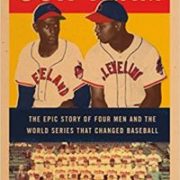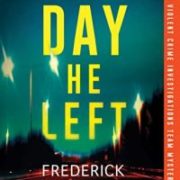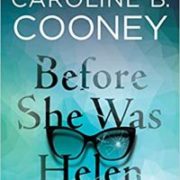The Sum of the People: How the Census has Shaped Nations, from the Ancient World to the Modern Age by Andrew Whitby
Even before the events that have changed our lives over the last few months, 2020 was going to be an eventful year. It is a presidential election year and a census year.
The U.S. Constitution mandates that every 10 years the population be counted. The count is very important as it determines electoral districts and how many representatives each state has in the U.S. House of Representatives. It is also used to allocate federal funding for fire departments, Medicaid, Head Start, and lots of other programs. Businesses use these population totals to help with decisions such as where to expand or the best place to recruit employees. Also 72 years after the census is completed all that information is released to the delight of genealogists everywhere.
Of course the census is not just a U.S. endeavor. Countries all over the world have been counting people for centuries. Andrew Whitby has chronicled the history of census taking and how it has been used for good and evil in The Sum of the People: How the Census has Shaped Nations, from the Ancient World to the Modern Age.
Whitby begins his history of the census in the West Bank on the Nativity Trail. He is walking the same route Mary and Joseph travelled as they went to Bethlehem to be counted for the census decreed by Caesar Augustus. As he navigates the trail in this volatile region, the author explores the way the census is used to define countries and build nations.
From there, how the census was taken throughout history offers some interesting discoveries. Not all censuses were written down and not all counted people. England’s Doomsday book, the census of 1086, counted not just people but churches, mills, plough teams, livestock, and much more. Also using census data to make political decisions (political arithmetic) was not introduced until the 1620’s. The idea spread across Europe and across the Atlantic to be embedded in the constitution of the newly formed United States.
Tabulating a census is a daunting task and the list of things being tracked had grown so big that by 1880, the U.S. ran out of time and money for the census. A contest was held to find a faster and cheaper way to tabulate the forms and the numbers. The story of the contest is in the chapter, A Punch Photograph.
Gathering so much information not only made tabulating it hard but made it possible for governments to use that information to target certain groups. The United States used it to force sterilization of mental patients. Nazi Germany used it to annihilate Jewish populations in their own country and the countries they invaded.
Whitby’s passion and research (his resource list for this book is 60 pages long) shows in the depth and detail he provides. He explains how some social and political constructs evolved and how the census was conducted and used to further those ideas. For example, the author talks about the concept of eugenics before he details the use of the census to persecute the Jewish population.
A history of getting a world population count, over-population and the uncounted receive the same detailed treatment. Not counting certain people was practiced in the U.S., Australia, and South Africa among other countries. The U.S. used to exclude Native Americans, Australia didn’t count Aboriginals, and as late as 1998 South Africa failed to count 3 million rural black citizens.
Whitby also addresses the mistrust that some feel toward the gathering of information by a government and the cost involved in conducting a census. The challenges of taking a modern-day census are many. Mobile societies, modern communication, and ensuring the privacy of citizens are discussed. Other ways countries are using to get population counts and estimates may lead to a change in how the census is done.
The future of the traditional census is uncertain but as Whitby concludes “we will not stop counting people. With each new birth, the human journey continues”.










